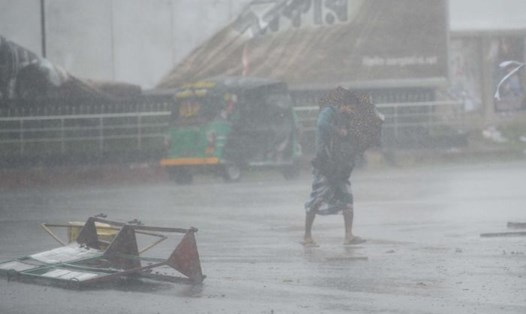The root bridges across rivers and streams in the Meghalaya Plateau of India, connecting villages. All were built or planted from the roots of the same type of Ficus elastica, also known as the Indian rubber tree according to CNN.
Professor Ferdinand Ludvig, Munich University of Technology, has maped a total of 74 bridges and clarified how they are created and maintained, by interviewing local residents, taking thousands of photos and building 3D models.
Unlike other bridges made of wood and bamboo, they are not easily washed away or rotated - a phenomenon that is easily seen in humid areas. Professor Ferdinand Ludvig said that the roots of plants grow, digest and then regenerate.
A tree is planted on the edge of a riverbank or on the edge of a mountain stream. When the roots of the trees grow, they will wrap around the bamboo frame or tamarind trunk, pointing towards the opposite bank. Once they have spread to the other side, they will immediately cling to the soil.
People in Khaisa and Jaintia have tried to create and maintain this tree-based bridge. They have done so from generation to generation, creating a traditional culture.
Ludwig said that these bridges have become the focus of tourist attractions, with up to 2,000 visitors per day.
Similar root bridges have also existed in China and Indonesia, but they are only widely used in the Meghalaya Plateau of India.






